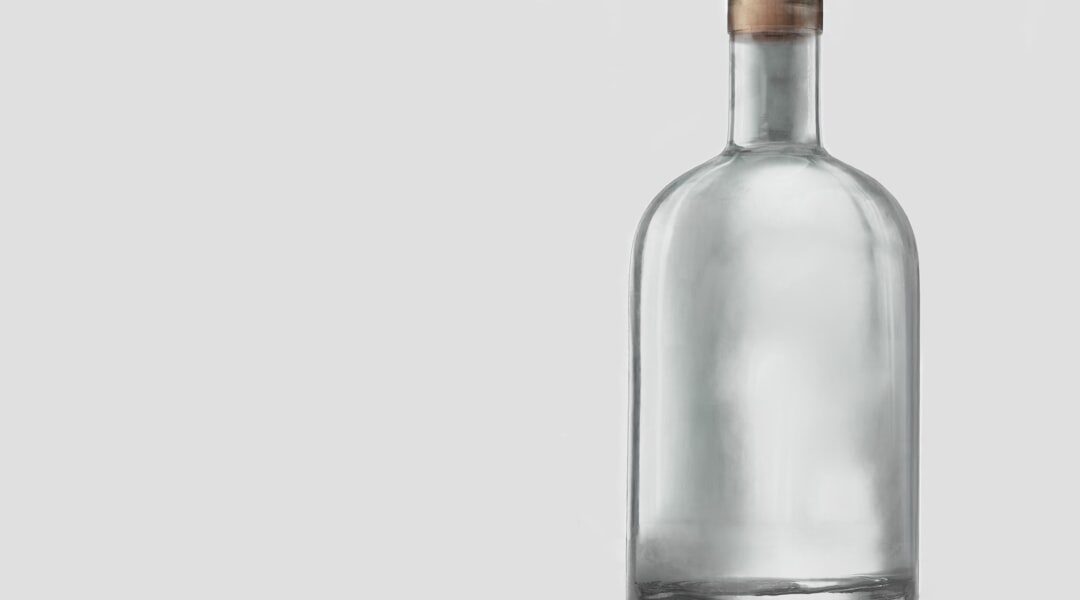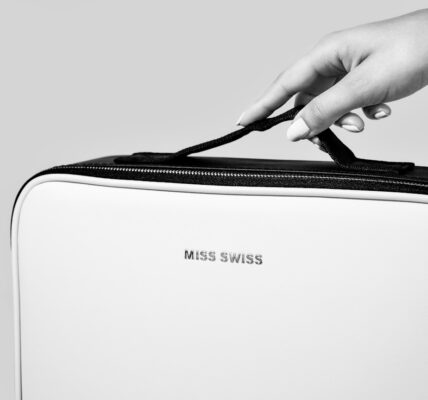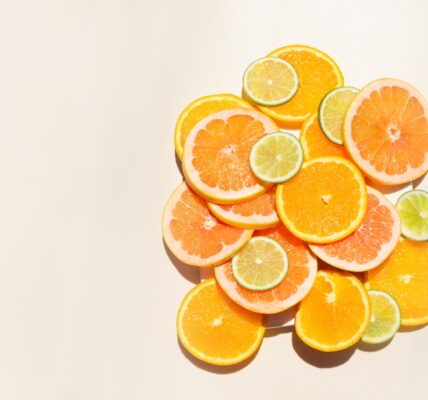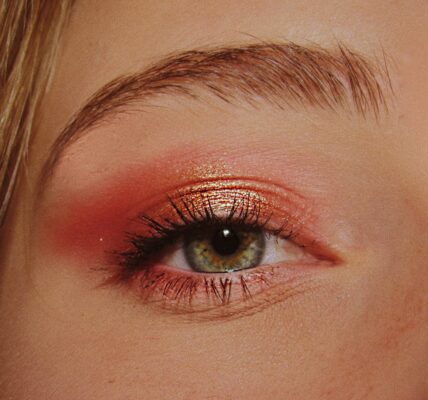Hair care is a crucial aspect of personal grooming that significantly impacts one’s appearance and self-esteem. Effective hair care involves several key components: selecting appropriate products, employing correct washing methods, applying conditioners and moisturizers, using heat styling tools safely, maintaining regular trims, and considering dietary and lifestyle factors. When these elements are properly addressed, they contribute to the overall health and appearance of hair, resulting in vibrant and attractive locks.
The importance of hair care extends beyond aesthetics; it is fundamental to maintaining scalp and hair health. Hair is constantly exposed to environmental stressors such as pollution, ultraviolet radiation, and extreme weather conditions, all of which can negatively affect its condition. Furthermore, improper use of hair products or styling techniques can lead to damage, breakage, and loss of luster.
Understanding and implementing proper hair care practices is essential for preserving hair strength, health, and beauty in the face of these challenges.
Key Takeaways
- Proper hair care is essential for maintaining healthy and beautiful hair.
- Choosing the right products for your hair type is crucial for achieving the best results.
- Proper washing techniques, including using the right water temperature and shampoo application, can make a big difference in the health of your hair.
- Conditioning and hydration are key steps in keeping your hair moisturized and nourished.
- Heat styling can damage hair, so using protection products and minimizing heat exposure is important for maintaining healthy hair.
Choosing the Right Products
Understanding Your Hair Needs
Selecting the right hair care products is crucial for maintaining the health and appearance of our hair. With numerous options available in the market, it can be overwhelming to choose the best products for our specific hair type and concerns. When selecting shampoos and conditioners, it’s essential to consider factors such as hair texture, scalp condition, and any specific issues like dandruff or color-treated hair.
Product Options for Specific Hair Concerns
For instance, individuals with dry or frizzy hair may benefit from using moisturizing shampoos and conditioners, while those with oily scalp may opt for clarifying products. In addition to shampoos and conditioners, other hair care products like serums, oils, and masks can provide additional nourishment and protection. These products can help address specific concerns such as split ends, frizz, or lack of shine.
Reading Labels and Ingredients
It’s vital to read the labels and ingredients of hair care products to ensure they don’t contain harsh chemicals or irritants that can cause damage to the hair and scalp. By choosing the right products tailored to our individual needs, we can effectively address our hair concerns and maintain its health and beauty.
Proper Washing Techniques
Proper washing techniques are crucial for maintaining the cleanliness and health of our hair and scalp. When washing our hair, it is important to start by thoroughly wetting the hair with lukewarm water. This helps to open the hair cuticles and allows the shampoo to lather and cleanse effectively.
When applying shampoo, it is important to focus on the scalp and roots, as this is where the majority of dirt, oil, and product buildup accumulates. Gently massage the scalp with the fingertips to stimulate circulation and remove impurities. After rinsing out the shampoo, it is time to apply conditioner.
It is important to focus on the mid-lengths to ends of the hair when applying conditioner, as these areas tend to be drier and more prone to damage. Leave the conditioner on for a few minutes to allow it to penetrate the hair shaft and provide hydration. When rinsing out the conditioner, it is beneficial to use cool water as this helps to seal the hair cuticles and lock in moisture.
Proper washing techniques not only ensure that our hair is clean and free from buildup but also contribute to its overall health and manageability.
Conditioning and Hydration
| Metrics | Values |
|---|---|
| Fluid Intake | 8 glasses of water per day |
| Electrolyte Levels | Maintain balanced electrolytes |
| Hydration Status | Monitor urine color and frequency |
| Body Temperature | Maintain within normal range |
Conditioning and hydration are essential aspects of a good hair care routine. Conditioning helps to replenish moisture, improve manageability, and provide protection against environmental stressors. It is important to choose a conditioner that is suitable for our specific hair type and concerns.
For example, individuals with fine hair may benefit from lightweight conditioners that do not weigh down the hair, while those with thick or curly hair may require more intense hydration. In addition to using traditional conditioners, incorporating deep conditioning treatments or hair masks into our routine can provide an extra boost of hydration and nourishment. These treatments are designed to penetrate the hair shaft and provide long-lasting moisture and repair.
It is recommended to use deep conditioning treatments once a week or as needed, depending on the condition of our hair. By prioritizing conditioning and hydration in our hair care routine, we can ensure that our hair remains soft, smooth, and resistant to damage.
Heat Styling and Protection
Heat styling tools such as flat irons, curling wands, and blow dryers have become essential tools for achieving various hairstyles. However, frequent use of these tools can lead to damage, dryness, and breakage. Therefore, it is important to use heat styling tools judiciously and take measures to protect our hair from heat damage.
Before using any heat styling tool, it is crucial to apply a heat protectant product to create a barrier between the hair and the heat. This helps to minimize damage and prevent moisture loss. Additionally, it is beneficial to use heat styling tools on a lower heat setting whenever possible.
High heat can cause the hair cuticles to lift and result in frizz and breakage. By using a lower heat setting, we can achieve our desired style while minimizing damage to the hair. It is also important to give our hair regular breaks from heat styling by embracing natural hairstyles or using heatless styling methods such as air-drying or braiding.
By incorporating these practices into our routine, we can enjoy the versatility of heat styling tools while protecting the health of our hair.
Trimming and Maintenance

Preventing Split Ends and Breakage
Regular trimming is an essential part of maintaining healthy hair. Over time, our hair can develop split ends, breakage, and dullness, which can detract from its overall appearance. By getting regular trims every 6-8 weeks, we can prevent split ends from traveling up the hair shaft and keep our hair looking fresh and vibrant.
Maintaining Hair Shape and Promoting Healthy Growth
Trimming also helps to maintain the shape of our hairstyle and promote healthy growth. In addition to regular trims, it is important to establish a maintenance routine that includes gentle detangling, protecting the hair at night with a silk scarf or pillowcase, and avoiding tight hairstyles that can cause tension on the hair shaft.
Minimizing Breakage with Gentle Detangling
Using a wide-tooth comb or a detangling brush can help minimize breakage when removing knots or tangles from the hair. By incorporating these maintenance practices into our routine, we can ensure that our hair remains strong, healthy, and free from damage.
Lifestyle and Nutrition Factors
Our lifestyle and nutrition play a significant role in the health of our hair. Factors such as stress, lack of sleep, poor diet, and dehydration can all impact the condition of our hair. It is important to prioritize self-care practices such as stress management, adequate sleep, regular exercise, and a balanced diet rich in vitamins, minerals, and protein.
These factors contribute to overall well-being and can have a positive impact on the health of our hair. In addition to lifestyle factors, it is important to consider how external factors such as sun exposure, pollution, and harsh weather conditions can affect our hair. Using protective hairstyles or accessories such as hats or scarves can help shield our hair from these environmental stressors.
Additionally, incorporating scalp massages or treatments into our routine can stimulate circulation and promote a healthy scalp environment for optimal hair growth. In conclusion, proper hair care involves a combination of using the right products, following proper washing techniques, conditioning and hydrating, heat styling and protection, regular trimming and maintenance, and considering lifestyle and nutrition factors. By incorporating these practices into our daily routine, we can maintain the health and beauty of our hair for years to come.
If you’re looking for more hair care tips, check out this article on Glamour Garrison’s website here. They offer a variety of tips and tricks for maintaining healthy and beautiful hair, from choosing the right products to styling techniques. Whether you’re dealing with dryness, frizz, or damage, Glamour Garrison has you covered with expert advice.
FAQs
What are some basic hair care tips?
Some basic hair care tips include washing your hair regularly, using a conditioner, avoiding excessive heat styling, and protecting your hair from the sun and harsh weather.
How often should I wash my hair?
The frequency of washing your hair depends on your hair type and lifestyle. Generally, it is recommended to wash your hair 2-3 times a week to maintain a healthy balance of natural oils.
What type of conditioner should I use?
Choose a conditioner that is suitable for your hair type, whether it’s dry, oily, or damaged. Look for conditioners that contain nourishing ingredients such as argan oil, coconut oil, or shea butter.
How can I protect my hair from heat styling?
To protect your hair from heat styling, use a heat protectant spray or serum before using hot tools such as flat irons or curling irons. Additionally, try to limit the use of heat styling tools and opt for air-drying whenever possible.
What are some natural remedies for healthy hair?
Natural remedies for healthy hair include using coconut oil as a deep conditioning treatment, massaging the scalp with essential oils like lavender or rosemary, and rinsing your hair with apple cider vinegar to remove buildup.
How can I prevent hair damage and breakage?
To prevent hair damage and breakage, avoid using harsh hair ties, minimize the use of tight hairstyles, and be gentle when brushing or combing your hair. Additionally, trim your hair regularly to get rid of split ends.




